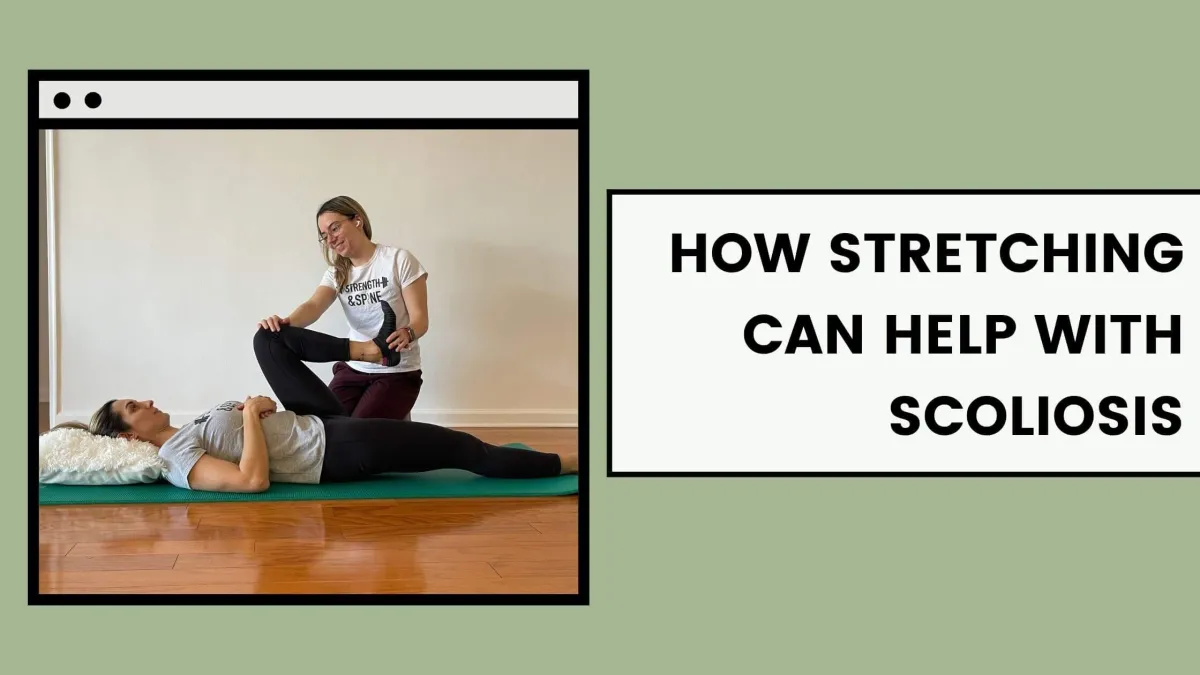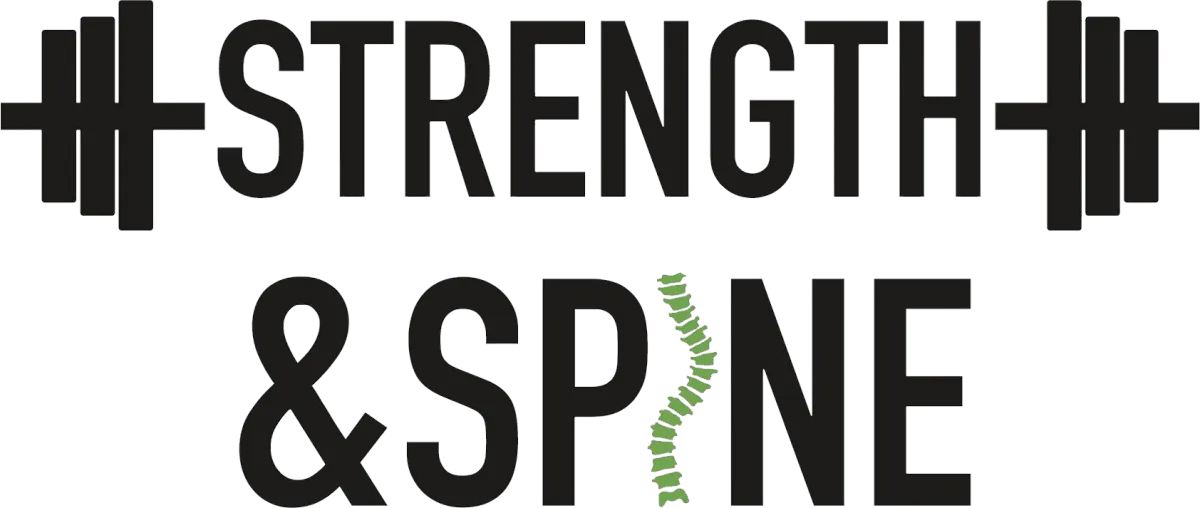Check Out The Latest Blog Posts To Learn More

How Stretching Can Help With Scoliosis
Why (the Right Kind of) Stretching Helps With Scoliosis
Living with back pain from scoliosis can be uncomfortable at best and debilitating at worst. But when our clients ask if there’s anything they can do at home to help, and we say “stretching,” we’re almost always met with a confused look.
Stretching is a key part of workouts like yoga, so it’s commonly seen as something meant to relax the body, but not necessarily something that can have long-term therapeutic benefits. In fact, it’s one of the most commonly overlooked pieces of at-home physical therapy.
However, stretching is essential for improving scoliosis and maintaining the pain that accompanies it. Here’s why — and how you can learn to do it at home as a part of your everyday routine.
The benefits of stretching in general
While strength training is important, stretching ensures you aren’t working your muscles too hard. For anyone, scoliosis patient or not, regularly stretching the muscles, tendons, and ligaments is an essential part of keeping muscles strong and supporting the spine.
But for those of us who have scoliosis, it’s even more important because it helps stabilize the spine, strengthen your core, and is a big part of reducing back pain in general (something we’re quite familiar with).
Stretching can reduce muscle tension
Muscle tension can make your back pain much worse. And muscle tension over a long period of time is likely to worsen or may even be a leading cause of chronic back pain.
Chronic muscle pain may also lead to an increased level of stress, which increases your risk of heart disease. This is because muscles that are in a constant state of tension cause blood pressure to rise, which puts additional stress on the arteries, blood vessels, and organs.
Stress also causes cortisol levels (the stress hormone) to rise, increasing blood pressure, and further increasing risk for things like heart attacks, stroke, diabetes, anxiety, depression, weight gain, and poor sleep.
Stretching, however, can decrease these high levels of cortisol and help you relax, balancing out your body’s hormonal system.
It can improve range of motion
When your range of motion is better, your overall mobility increases. Stretching keeps your muscles flexible and strong, which is a must for healthy movement, especially in the joints. When muscles are too tight, they become weaker and can’t be fully extended, making exercise and activity more difficult.
You’ll have more oxygen flowing to the muscles
Stretching improves circulation, so every time you do it, your tired and tight muscles get a fresh supply of oxygen and other nutrients. This is important because your circulatory system also helps eliminate muscle waste and dead cells that are having a hard time going away (which is what happens with muscle knots).
Why stretching is important for people with scoliosis
Scoliosis is what happens when your spine curves abnormally. And the weaker your muscles are, the harder it is for your back to maintain or improve posture. People with scoliosis need stretching to keep muscles from becoming too tight. The combination of the right stretches and strength training can even help prevent progression.
Stretching daily with scoliosis
It’s important that you stretch every day if you have scoliosis. You’ll consistently reap all the benefits it has to offer. And because pressure and impact from daily life look different for someone with scoliosis, we need more therapeutic maintenance to keep back pain at bay.
Stretching is also a great way to rest and relax, especially at the end of the day. Start by doing five minutes before bed, and gradually work your way up to however long you’d like. Take your time through each movement and allow the oxygen to flow to your muscles.
Is there a time you shouldn’t stretch?
We love stretching, but there are some times that it may be a little more difficult, or painful, especially for those with hyperflexibility.
Hyperflexibility happens when the joints are loose and stretchy, which is caused by weak ligaments. This may be what you think of when you think of being “double jointed.” It’s easy to think that because those muscles are lengthier than normal, that you can stretch them pretty far, but it’s important to be aware of your limits and to not over stretch them.
Want to learn more about stretching with scoliosis?
Our online course, Stretching With Scoliosis, is a self-paced, 100% online class that teaches you the foundations of safe and effective stretching while giving you a baseline understanding of why stretching is so important in your daily routine if you have scoliosis (or how to properly strength train the lengthened muscles that come with hyperflexibility).
Learn how to find and work with your own unique curve, how to improve flexibility and mobility, and learn some new stretches you can easily add to your morning or nightly routine!
GRAB THE STRETCHING WITH SCOLIOSIS COURSE HERE
WE ARE
Strong with Scoliosis
Start today on an exercise program that helps you become empowered, strong, and confident in your scoliosis curve.
FIND US
Strength and Spine
Online Sessions and Coaching
We work with clients all over the world
*Please contact us for in-person appointments*

